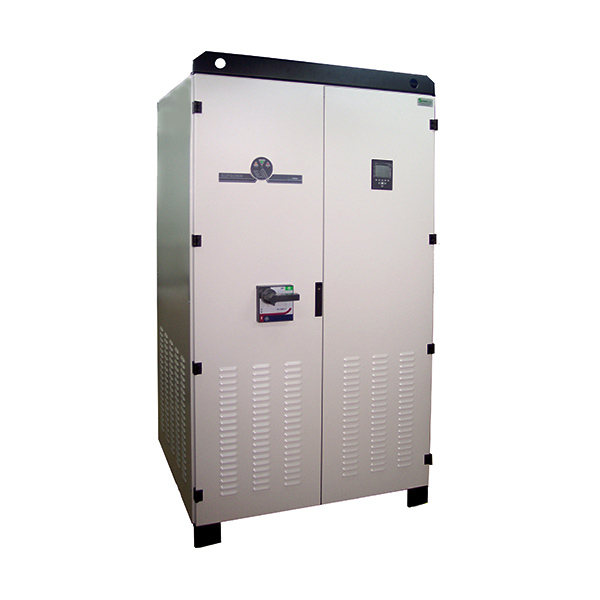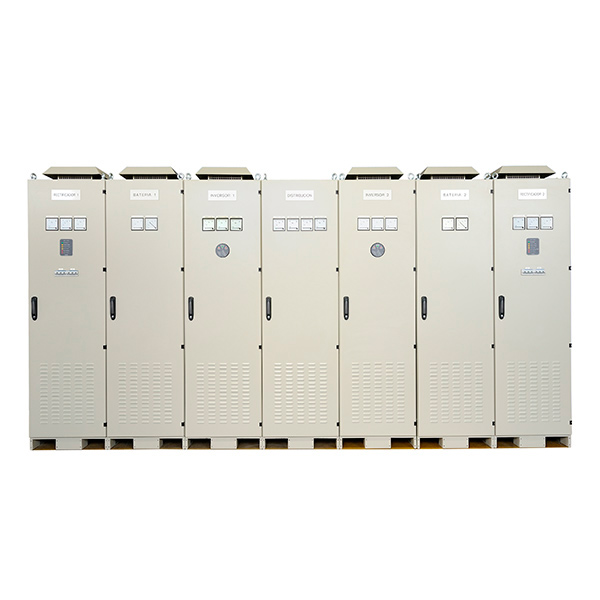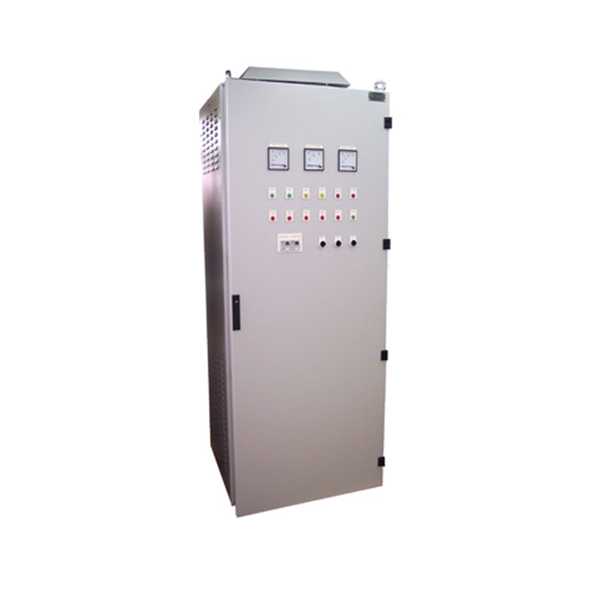
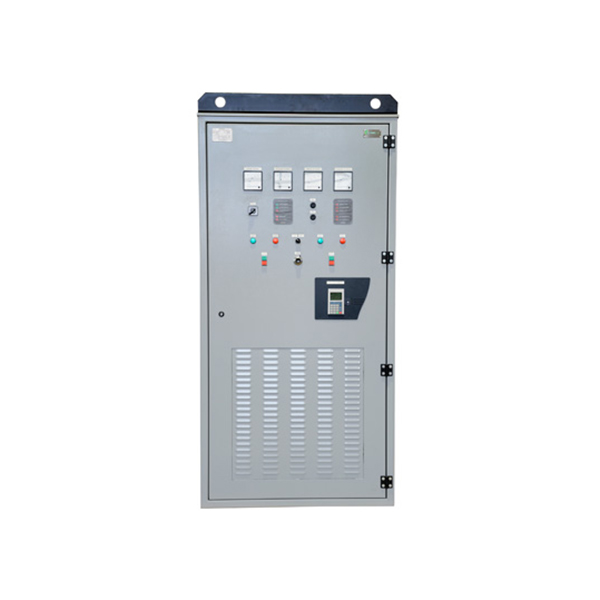
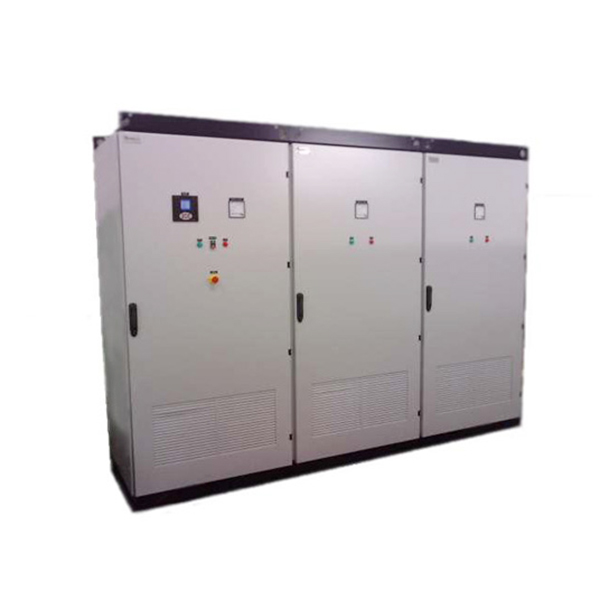
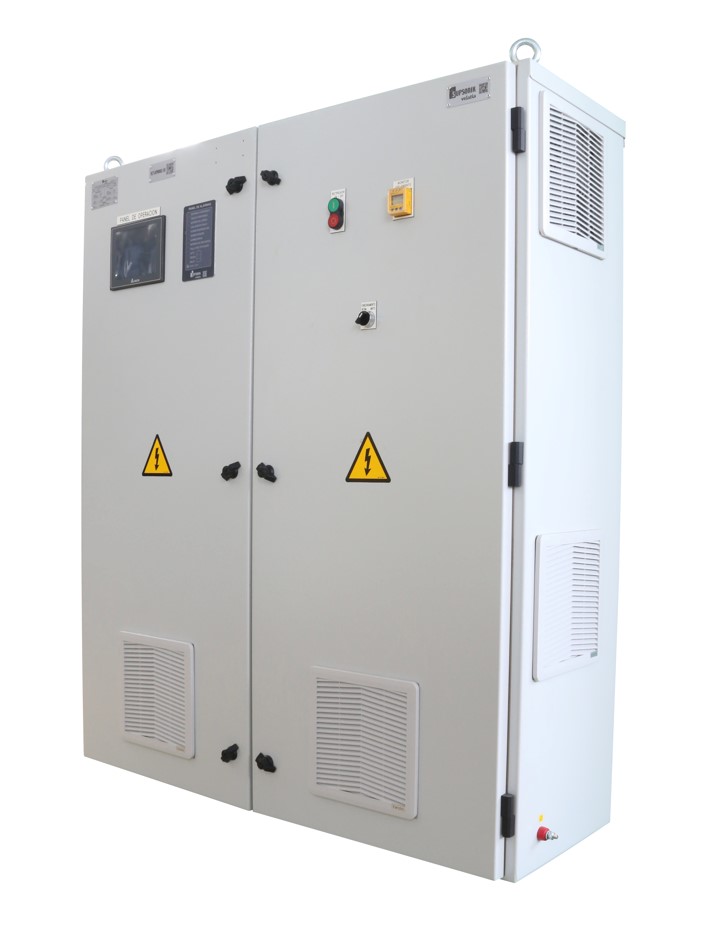
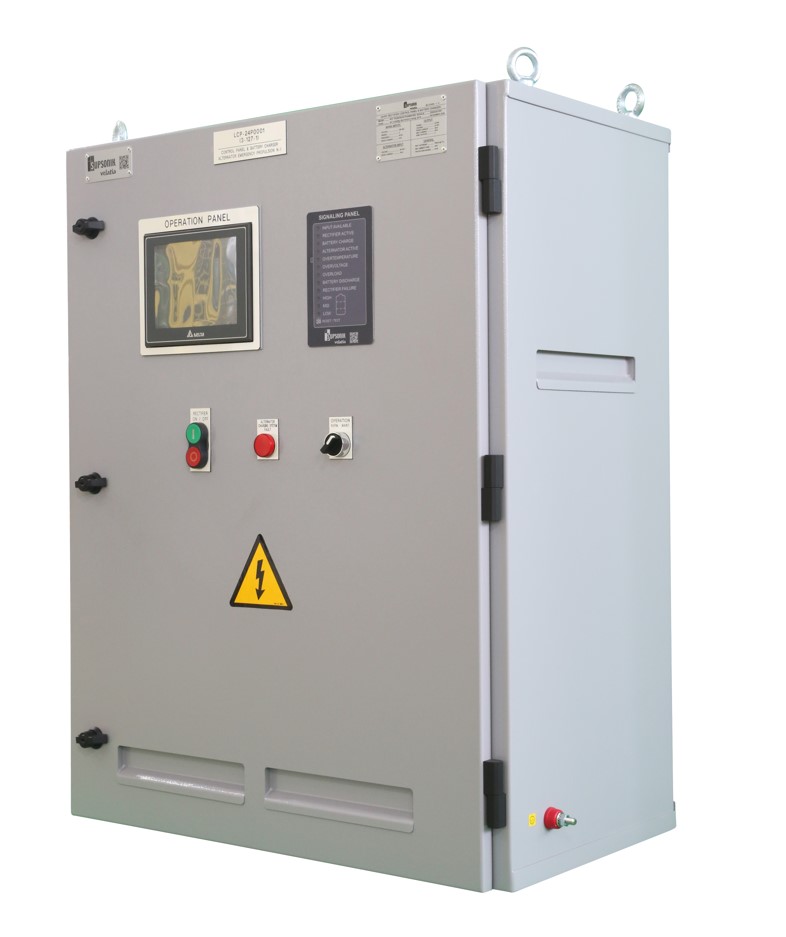
Battery rectifiers / chargers
SUPSONIK rectifier-charger equipment are planned and designed to supply safe and stabilized continuous current to services that due to their characteristics require a reliable and uninterrupted power supply in the event of a possible power outage in the network.
The equipment basically consists of a stabilized charger that supplies the energy demanded by the services and at the same time charges and monitors the battery, which is always maintained in optimal charge conditions for the service.
The charger-battery set is mounted in a cabinet which houses the charger and the battery, or charger in the cabinet and battery bank. The system supports Ni-Cd or lead batteries in its two forms, that is, airtight or open. This configuration makes easier the maintenance and handling of the different assembly components.
Operating principle:
The charger usually supplies the services while keeping the battery charged in flotation state. When a power failure occurs, the charger stops working and the battery that takes care of supplying the services. Once the mains voltage is restored, the charger supplies the services again while automatically subjects the battery to a fast charge whose duration will depend on the depth of the discharge. Then it will automatically go to flotation where it will remain until a new emergency.
Optionally, the equipment can have the following units:
- Alarms: mains failure, charger failure, minimum and maximum battery voltage, etc. Signalling on cabinet front panel and remotely via potential-free contacts.
- Reduction unit: This unit allows to adapt the output voltage to the voltage required by the services when the range is very narrow. The passage from one to another voltage is automatic and performed with diode cascades.
- Filter unit: It allows to attenuate the alternating component reaching values lower than 0.1% RMS.
-Operative synoptic: It has the functions of monitoring and diagnosis, in which all alarms are collected and also allows to visualize and modify the different equipment parameters.
- Distribution: The equipment can have different outputs protected by circuit breakers.
- Protection: output fuses in services, control circuits, input or secondary transformer depending on whether the power is single-phase or three-phase, protection fuses at bridge rectifier output.
-Measurement and signalling: charger output ammeter, charger output voltmeter, load status indication (flotation, fast charge and exceptional load). Local signalling of individual alarms through lamps. Alarm remote signalling by potential-free contacts. Other measuring devices may be optionally included.
Applications: Petrochemicals, hydropower, telecommunications, railways, naval industry, military, combined cycles, nuclear power plants, electrolysis, communications, user programming, and temperature compensator.
FEATURES
Charger input:
- Single-phase power supply: 400, 230, 127V ± 10%.
- Three-phase power supply: 440, 400, 230V ± 10%.
- Frequency: 50 - 60Hz. ± 5 %
Output voltage.
- Equipment with Ni-Cd battery and equipment with Hermetic Lead battery
Rated Voltage: 24, 48, 110, 125, 220Vdc.
Voltage stability.
The output voltage remains stable at ± 1% for simultaneous variations:
- Mains voltage, in ± 10%.
- Frequency, in ± 5 %.
- Intensity, from 0 to In.
Load characteristics.
- UI Characteristic, according to CEI-478-1.
Ripple factor.
Standard ripple is 2% with battery connected.
Current Limiting:
- In the charger: In.
- With lead batteries. Battery charge is limited to 0.1 * C.
- With Ni-Cd batteries. Battery charge is limited to 0.2 * C.
- Any intensity on demand and / or specification.
Rated current.
See product range.
Environmental conditions
Natural or forced ventilation.
- Temperature: -10ºC a 40ºC.
- Humidity:
95% without condensing.
- Natural or forced ventilation.
Electromagnetic compatibility.
Yes. With filter (Optional). Rated current. STANDARD RANGE
SINGLE-PHASE EQUIPMENT.
- Rated Voltage (V) 12, 24, 48, 110-125, 220.
- Rated Intensity (V) 3, 5, 10, 1525, 35. > 1.000
THREE-PASE EQUIPMENT
-Rated Voltage (V) 12, 24, 48, 110-125, 220
-Intensity (A) 35, 50, 75, 100, 150, 200, 300, 400, 500 t ........... > 12.000
| Fichero de descarga | Idioma | |
|---|---|---|
| rectificador-cargador-bateria | Castellano | |
| battery-rectifiers-chargers | English | |
| battery-rectifiers-chargers-serie-LM-LT-LD | English |

